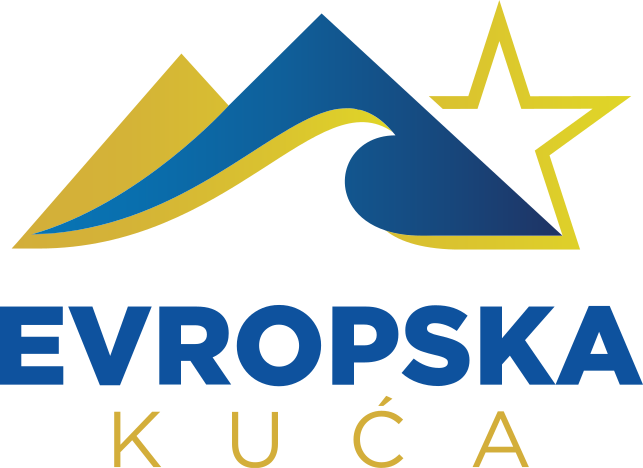Journalism is a woman’s profession, women are mostly in leadership positions, editors-in-chief, programme directors, as well as chiefs of editorial staff. Half of them are in the position of general directors or CEOs, according to a survey on “The position of female journalists in the Montenegrin media” by the Association of Professional Journalists of Montenegro (DNPCG). The research was presented at the panel in Podgorica by its author Duska Pejovic.
“Female Journalists share the fate of all women in the Montenegrin society. They are discriminated against as much as women in other fields, and, at the same time, have restrictions on contributing to the development of society as men, and thus are hindered from contributing to the journalistic profession as a whole,” Pejovic explained.

She said that only about 13% of female journalists recognise an unequal position with their male counterparts. The research conducted by the DPNCG within the project “Human Rights and Gender Equality in the Media” was conducted on the basis of a survey in 14 media outlets employing 56.6% of female journalists.
“The fact that we are of little interest in the media in which we work speaks enough about the importance of the topic that brought us together, and the fact that human rights and gender equality remain in this area a topic we are not sufficiently dedicated to,” said the Secretary General of the Association of Professional Journalists of Montenegro, Mila Radulovic.
She promised that the DPNCG would continue to work towards the promotion of professional standards, the protection of journalists, as well as the promotion of gender equality and human rights.

“Our job is to understand it and try to change it. The project on the status of female journalists in the media was created primarily by a colleague, Duska Pejovic, who has long been involved in the topic. She advised, corrected, and constantly reminded us of what was important. Our inspiration were, at least to me, female politicians gathered in a network that we hope to have,” Radulovic said.
The Head of the Gender Equality Unit at the Ministry of Human and Minority Rights, Biljana Pejovic, said that gender equality policy is in proportion to the State level, where, according to Monstat, women make up 50.6% of the population.
The panellist and literature professor, Bozena Jelusic, said that the research showed “a serious bipolar illness in society,” noting that she was sorry to use the metaphor of the disease.
“Contradictory attitudes and this form of understanding, or rather misunderstanding, shows the extent of this society’s illness,” Jelusic explained, adding that “the status of female journalists in the media and the way they understand gender equality has a clear reflection in the media and their construction of womanhood.”
The research and the panel on the position of female journalists is part of a project implemented under the Programme for Support of Anti-Discrimination and Gender Equality Policies, and by the UNDP in partnership with the Ministry of Human and Minority Rights. The project is funded by the Delegation of the European Union to Montenegro.
